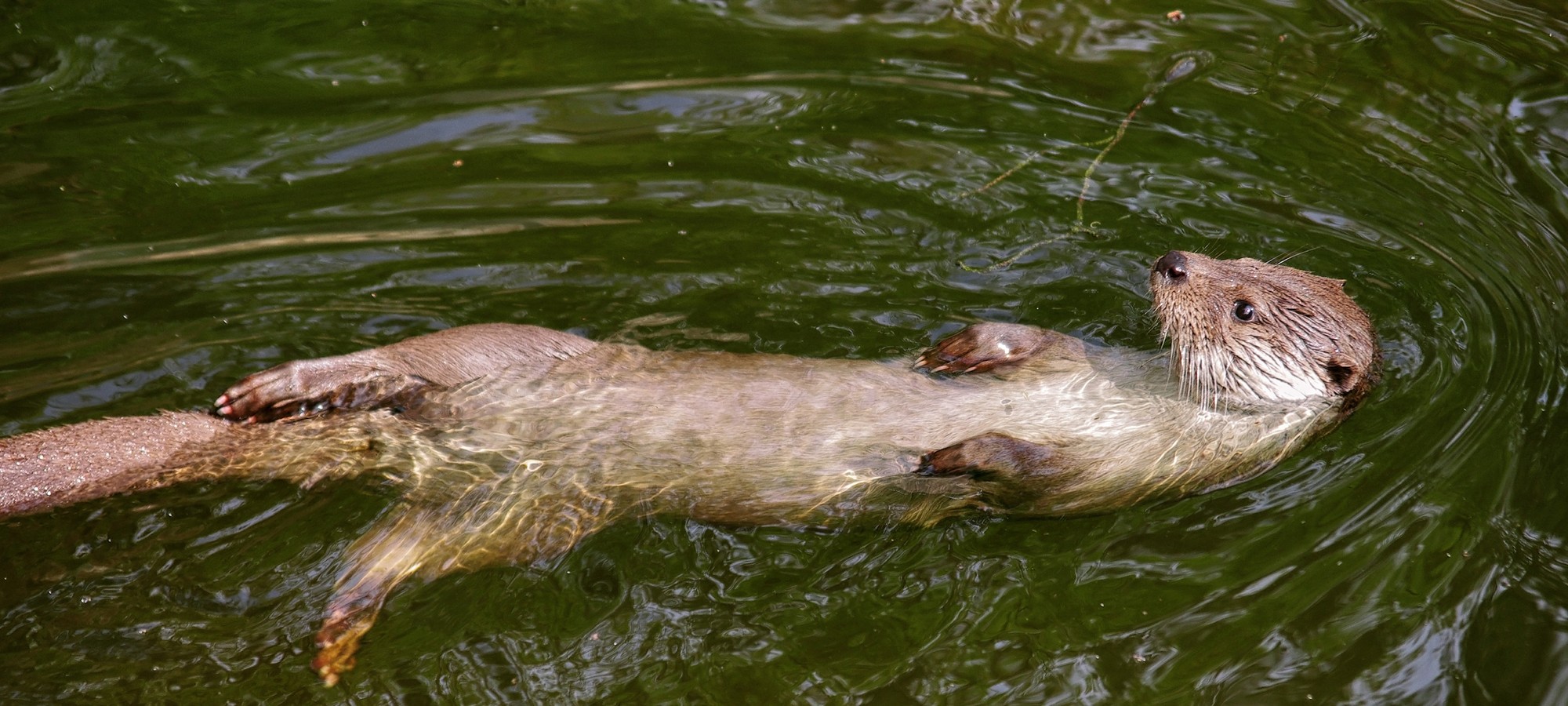Otter Surveys and Mitigation
Otters are commonly associated with riparian habitats but in fact can utilise most types of waterbody, including estuaries, canals, lakes, ponds and reservoirs, and even small streams and dry ditches are occasionally used as dispersal corridors. They are present in many urban areas. During the second half of the 20th century their distribution was largely restricted to Ireland and Scotland, with lower densities in Wales and south-west England, and a very sparse population in the rest of England. In recent years their distribution has slowly extended southwards but population density is still low in Kent and Sussex.
Otters are solitary, territorial and active all year round. They are mainly nocturnal, but diurnal in coastal areas, and their diet consists primarily of fish. Their territorial ranges often cover long distances, around 20km of linear waterway for females and up to 50km for males, though they often make use of adjacent habitats. The otter’s habitat requirements include access to foraging resources throughout the year, and a range of suitable resting sites –holts, couches and lying-up sites – such as ledges, boulders and root cavities.

